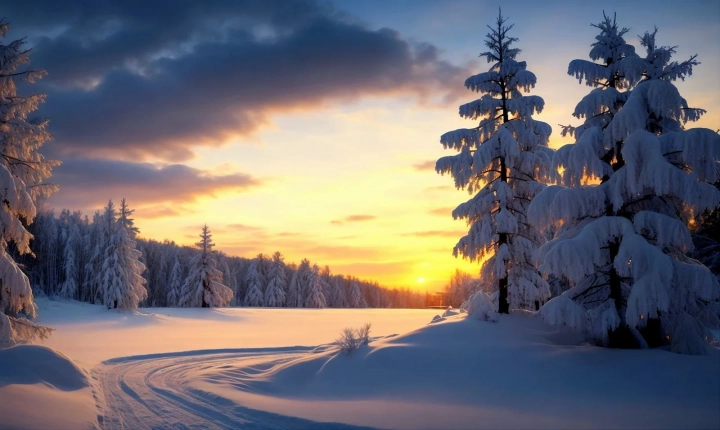AI Art: An Introduction to Creating Art with Artificial Intelligence
Artificial Intelligence (AI) has made significant strides in recent years, and one of the most exciting applications of AI is in the realm of art creation. With the power of AI, artists can now explore new horizons and push the boundaries of creativity. Whether you are a professional artist or just someone interested in experimenting with different forms of art, AI can be a powerful tool to expand your creative expression.
In this article, we will explore the basics of creating art using AI and provide a step-by-step guide on how to get started.
Understanding AI Art
AI art, also known as generative art, is created using algorithms and machine learning models. These models are trained on large datasets of existing art, allowing them to analyze patterns and styles. By doing so, AI can generate new and unique pieces of art that mimic the styles of famous artists, or create completely original works.
One popular technique in AI art is style transfer, where the style of one image is applied to another image, resulting in a new artistic creation. Another approach is using generative adversarial networks (GANs), which pit two AI algorithms against each other to generate art in a collaborative manner.
Getting Started with AI Art
To start creating art with AI, you will need access to AI tools and platforms. There are several user-friendly software programs and online platforms available that cater to beginners and advanced artists alike. Some popular options include DeepArt, RunwayML, and Google’s DeepDream.
Once you have chosen a platform, follow these steps to create your AI art:
Step 1: Choose Your Input
Start by selecting an image or a style that you want to work with. This could be a photograph, painting, or any other visual content that will act as the base for your AI-generated art. You can also experiment with combining multiple inputs to produce diverse and intriguing results.
Step 2: Select an AI Model
Each AI platform offers a variety of models and algorithms to work with. Choose a model that best suits the style or effect you want to achieve. Some models may specialize in specific artistic styles, such as impressionist or cubist, while others may offer more generalized artistic results.
Step 3: Adjust Parameters
Before generating the final art, take the opportunity to adjust parameters such as color saturation, brush stroke intensity, or other artistic elements. This step allows you to fine-tune the output to match your desired aesthetic preferences.
Step 4: Generate and Refine
Once you are satisfied with the input and model selection, let the AI platform process and generate your art. After the initial generation, you may want to refine the output by adjusting parameters, trying different styles, or combining multiple iterations to create a more complex and captivating artwork.
Step 5: Share and Showcase
Once you have created your AI art, share it with others and showcase it on social media, art communities, or gallery exhibitions. AI art is increasingly gaining recognition in the art world and generating appreciation from diverse audiences.
The Future of AI Art
As technology continues to advance, the potential for AI art is limitless. AI has the ability to break down traditional barriers and facilitate collaboration between humans and machines to produce innovative and thought-provoking pieces of art.
Additionally, AI art is not limited to just visual art. AI algorithms can also generate poetry, music, and other forms of creative expression, offering a world of creativity waiting to be explored.
In conclusion, AI art is a fascinating and empowering way to explore new artistic realms. With the right tools and a creative mindset, anyone can engage in the process of creating art with AI. By embracing AI as a tool for artistic expression, artists can unlock new opportunities and push the boundaries of creativity, ultimately reshaping the future of art.
